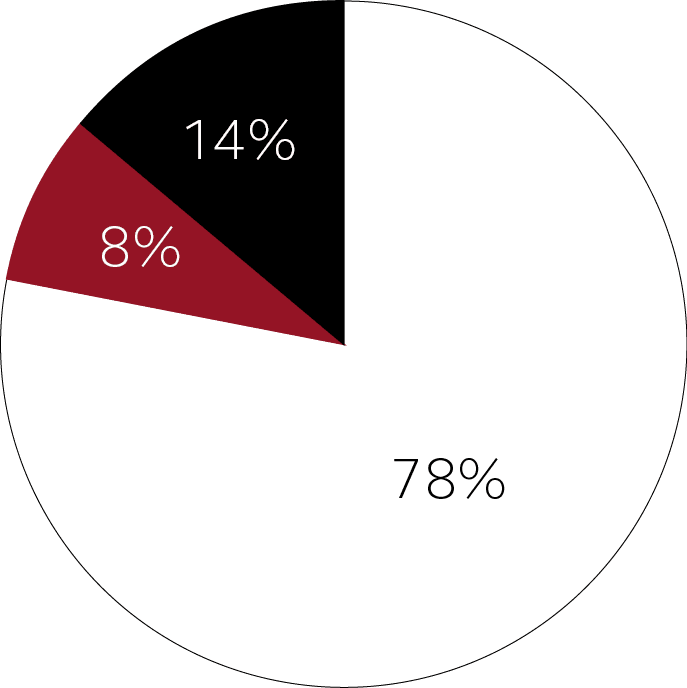Controlling Directional Sound Processing
RoleTo provide the brain with acoustic information so users can select and focus on whatever sound they are interested in, without requiring them to be vigilant about changing programs.
End user benefit
Natural and unobtrusive way to ensure hearing aids are in the directional mode when needed.









